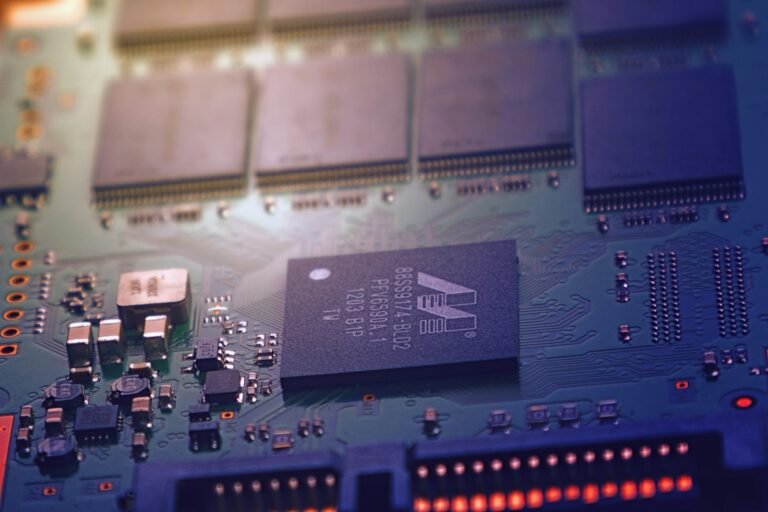The frequency of cyber attacks targeting AI infrastructure is increasing, with significant vulnerabilities being identified.
Cybercriminals have increasingly targeted high-value infrastructure that supports the training, tuning, and serving of modern artificial intelligence models. Over the past six months, incident-response teams have identified a new malware family, provisionally named “ShadowInit.” This malware specifically targets GPU clusters, model-serving gateways, and orchestration pipelines within large language model (LLM) deployments. Unlike previous crypto-mining campaigns, ShadowInit aims to exfiltrate proprietary model weights and subtly manipulate inference outputs, thereby eroding trust in downstream applications such as fraud detection systems and autonomous driving technologies. Initial telemetry indicates that ShadowInit infiltrates systems by exploiting widely shared model-training notebooks that utilise unpinned package versions. When a victim accesses the notebook, a poisoned dependency retrieves an ELF dropper designed for NVIDIA’s CUDA runtime.
Trend Micro analysts first recognised the threat following a surge of unusual outbound traffic from an East-Coast research laboratory operating A100 clusters. They eventually traced the malicious binaries to an actor group with connections to the BianLian ransomware crew. This same group is believed to be selling “model leak” datasets on darknet forums for as little as $5,000 per 100 MB bundle. The impact of ShadowInit is both immediate and long-lasting. Immediate losses include unexpected GPU time consumption, averaging 6,400 GPU-hours per breach, along with enforced downtime for integrity checks. The residual threat is more challenging to quantify, as stolen weights allow adversaries to create highly realistic phishing content or fine-tune competing models at a significantly reduced cost. In one manufacturing incident, a compromised vision model misclassified critical safety defects, resulting in a 47-minute halt on the assembly line, which incurred an estimated loss of $1.3 million in revenue.
A closer analysis of the binary reveals a modular structure. A lightweight loader conducts environment checks and dynamically reconstructs the main payload from base64-encoded chunks stored in otherwise benign Jupyter metadata fields. This method captures a memory snapshot where the reconstructed payload resides within pinned GPU buffers, effectively evading detection by traditional user-space scanners. Notably, the loader disables NVIDIA’s Compute Sanitiser hooks, preventing interception of rogue kernels. Campaign operators are aware that AI infrastructure is typically monitored by DevOps teams rather than security specialists, leading them to embed deceptive log entries. For instance, ShadowInit forges kube-audit messages to simulate routine autoscaling events, causing genuine alerts to be overlooked in most dashboards. ShadowInit’s preferred infection vector is a malicious OCI layer that masquerades as a legitimate CUDA base image.








